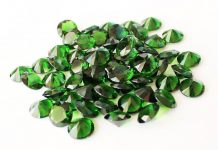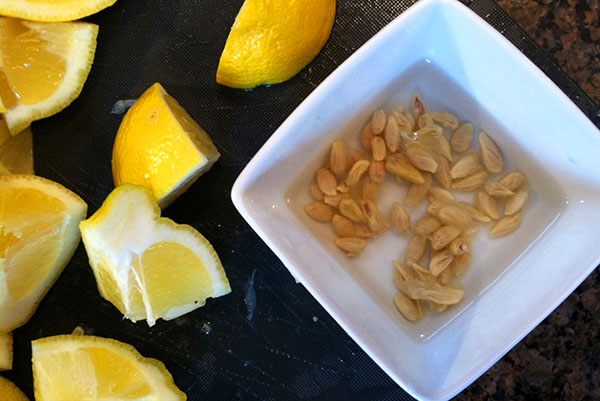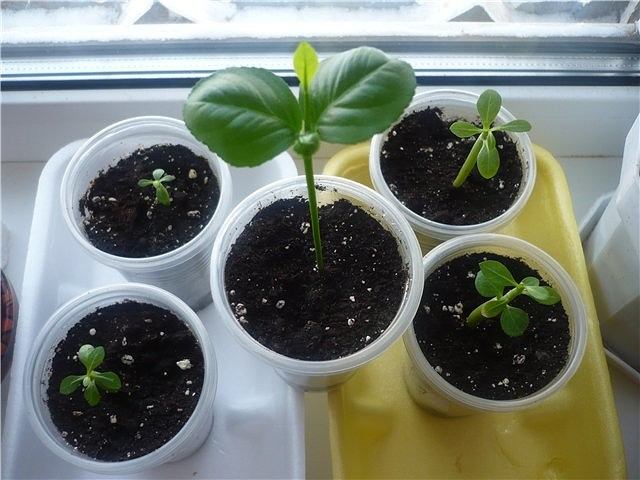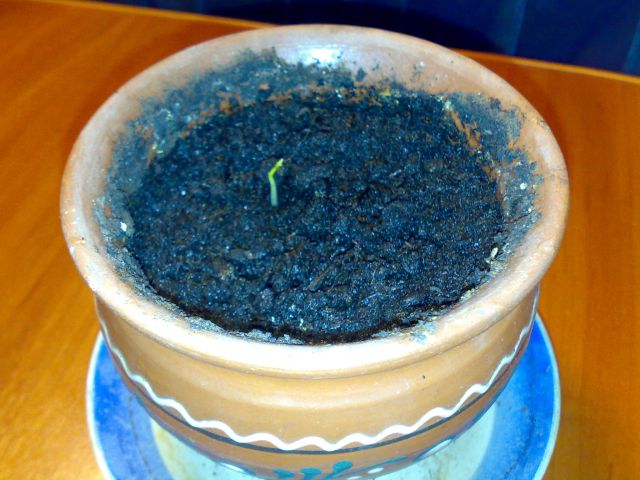Content:
Many growers are professionals and amateurs who believe that there should be an ornamental lemon tree in the room or in the backyard. There are many reasons for this: the plant is distinguished by its aesthetic appearance, it cleans the air in the room and brings good luck, according to national signs.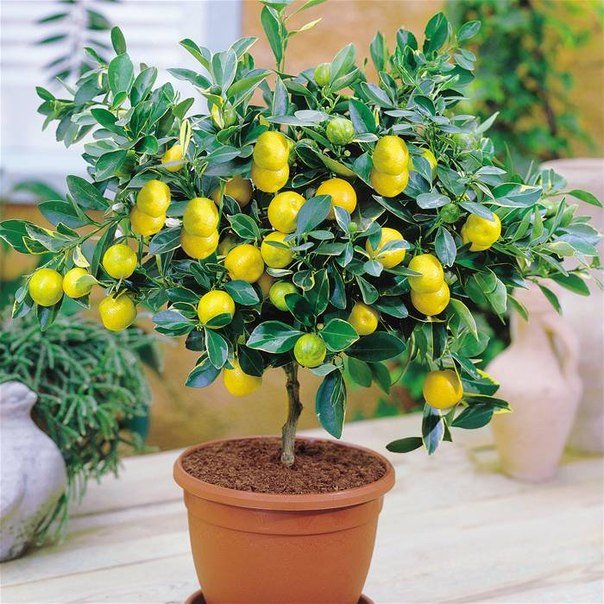

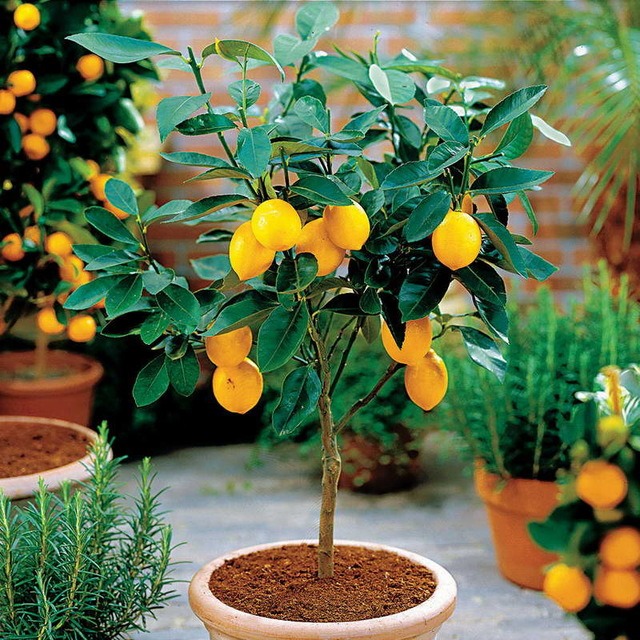
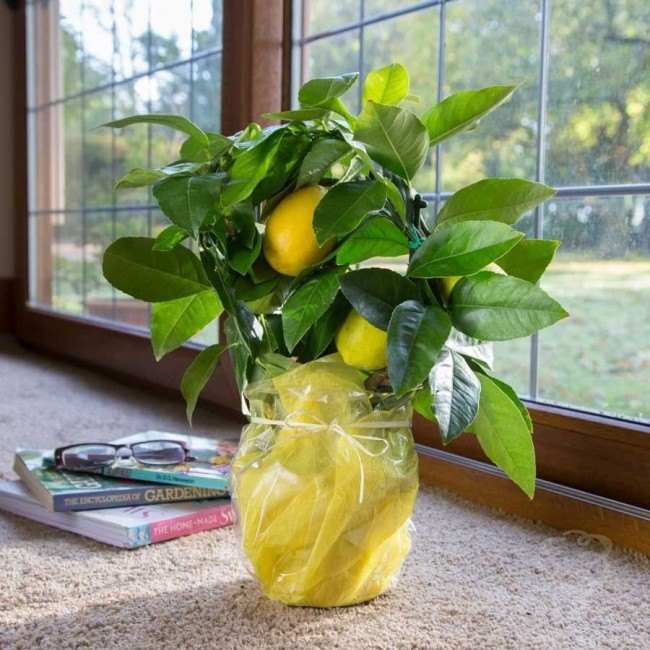
Varieties of decorative lemon
At home you can grow a lot of lemon varieties. Each of them looks picturesque, some of them bear fruit, others fit perfectly into a small room and even on the windowsill.


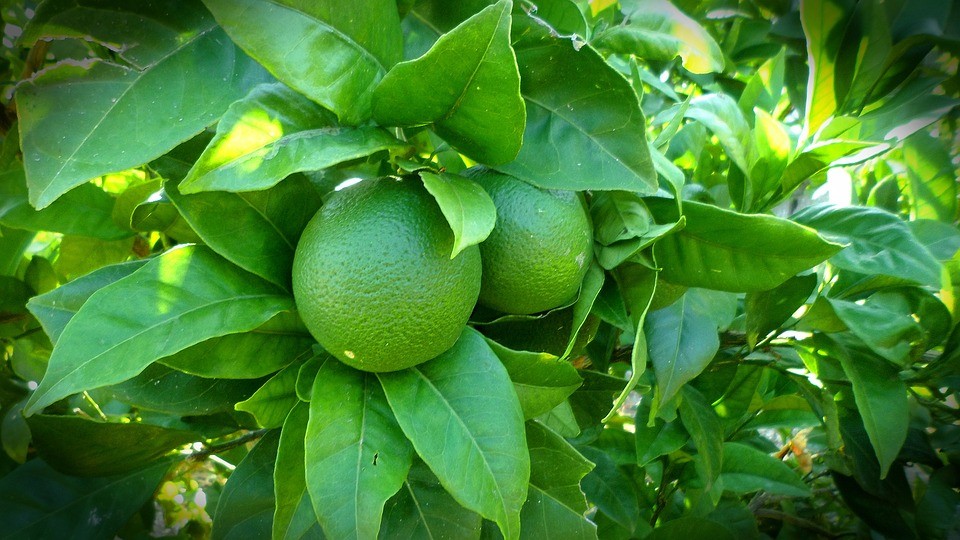
Pavlovsky lemon
This variety was bred by breeders a hundred years ago. Its advantage is unpretentiousness. The plant feels comfortable with a small amount of light and in the dry air of the room. Even in these conditions, the lemon can grow to two meters. His crown has a nice rounded shape.With proper care from the fourth year a healthy tree will be able to bear up to fifty small fruits.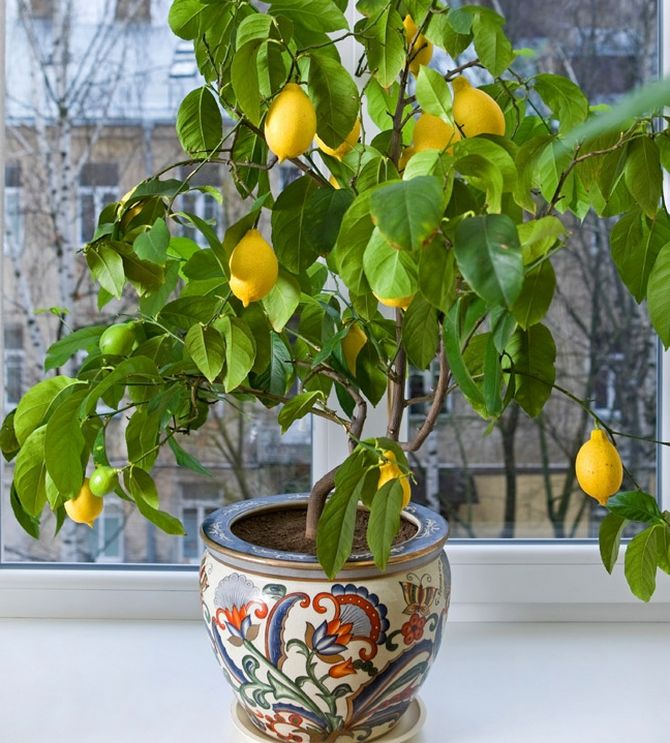
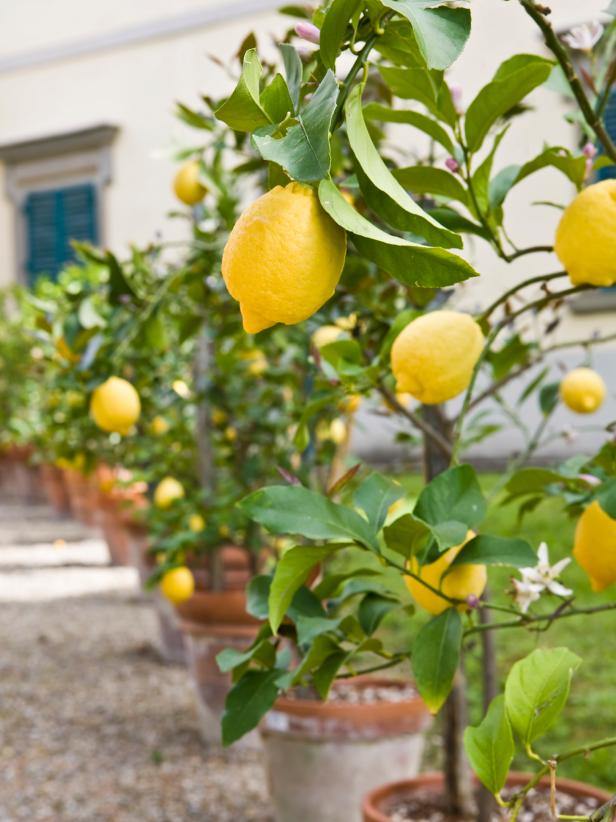
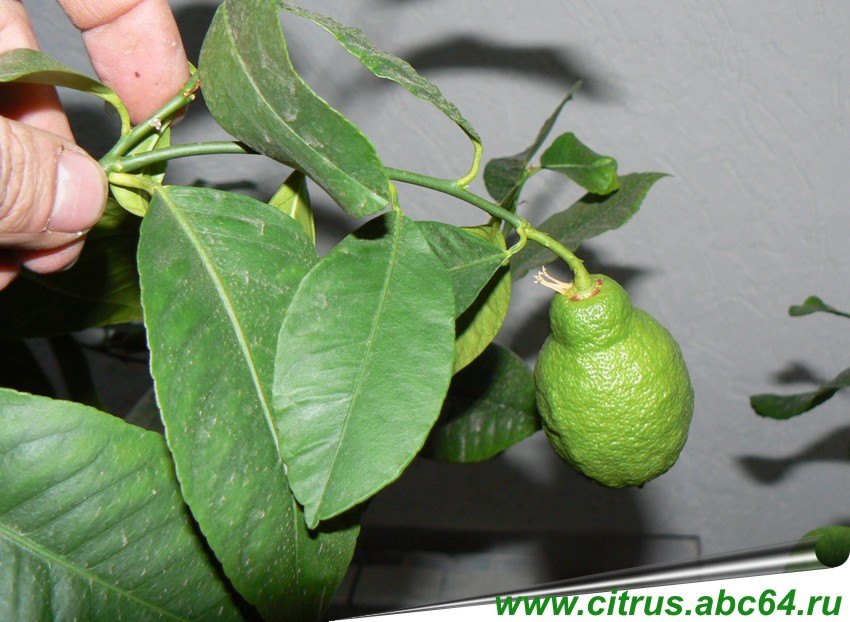
Meyer
For the first time this variety appeared in Russia in the 20s of the last century. Its distribution in Europe was due to the rich harvest of those trees that were planted in open ground. The plant was obtained by crossing a lemon and an orange.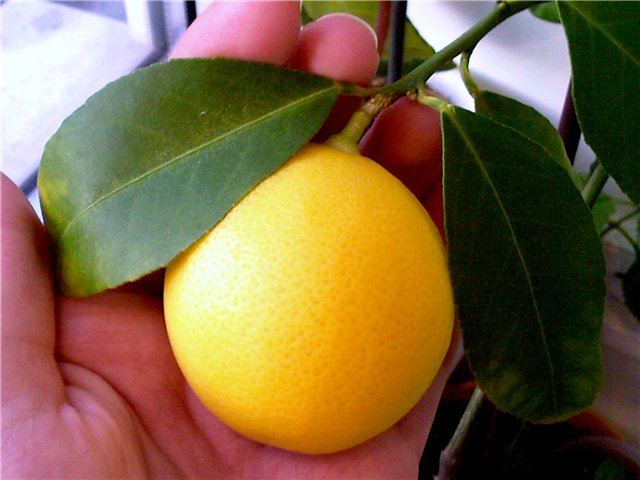

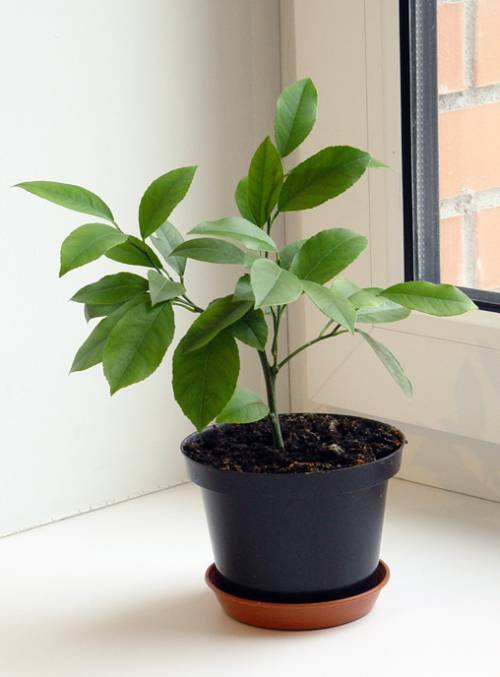

Chinese lemon
Chinese lemon grows only up to one meter in height. At the same time, the plant bears fruit perfectly already in the third year of life. Flowers appear on both old and young shoots, while the fruits ripen quickly. It should be remembered that this variety does not grow well in the shade. Therefore, you need to grow lemon on the windowsills of the southern and south-western part of the house. During the rest period, the tree needs to be cool, but the rest of the time it needs warmth and even heat.
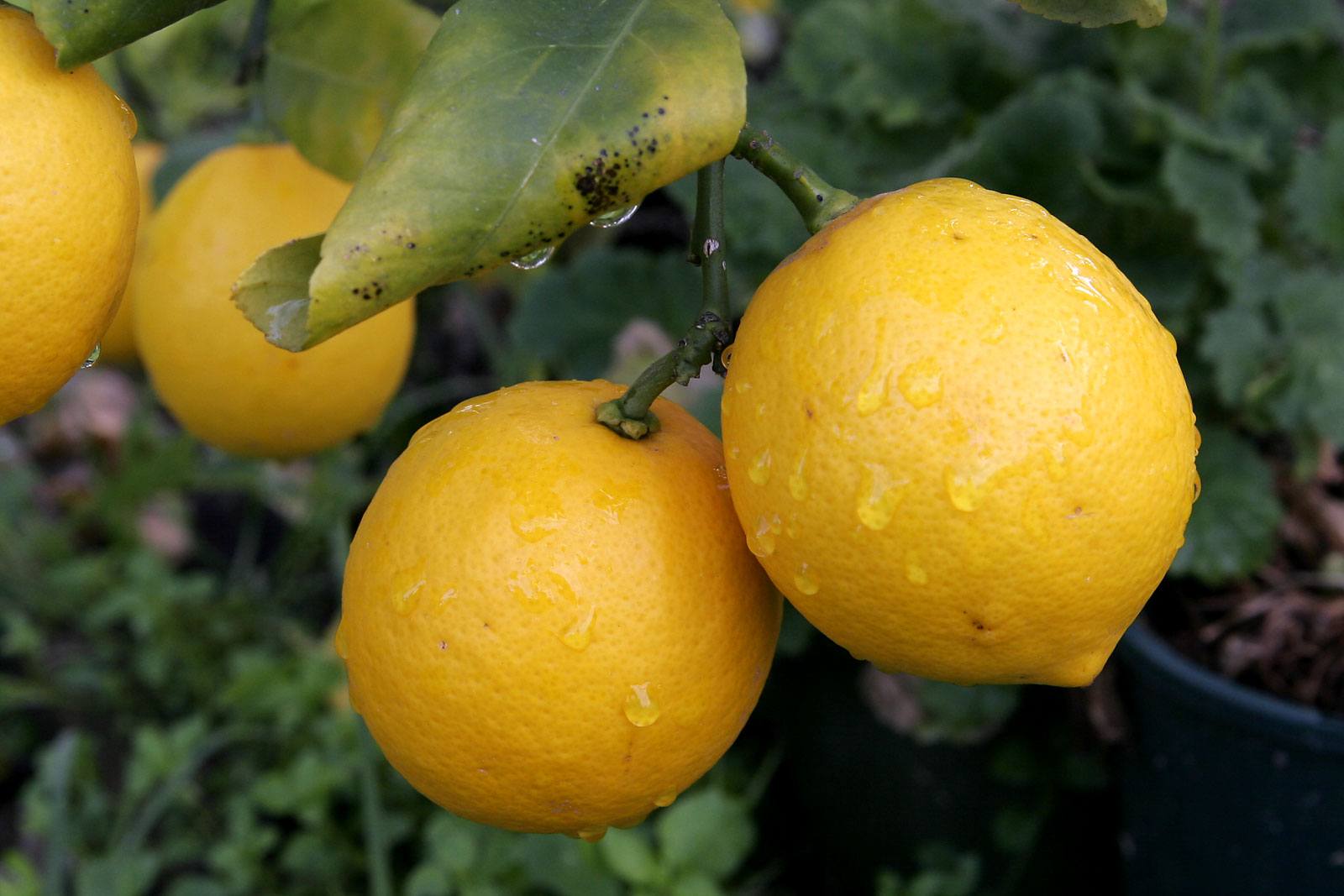
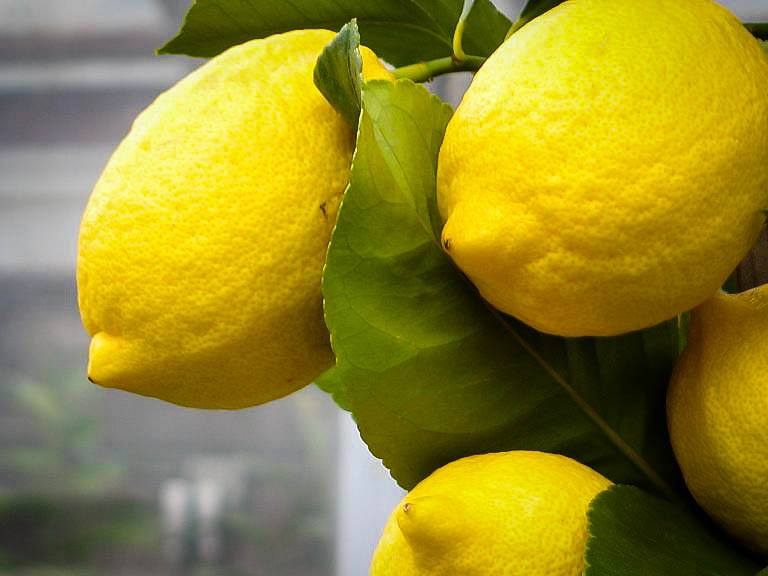

Variety Jubilee
This variety has the main task of a decorative effect. At the same time he is unpretentious and brings harvest. The maximum height is one and a half meters. The attractiveness of the plant lies in its abundant flowering of its former color. Already in the second year you can get the first yellow lemons with thick skin.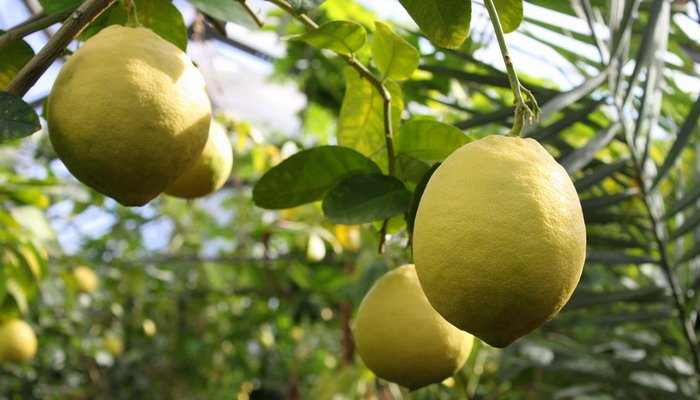
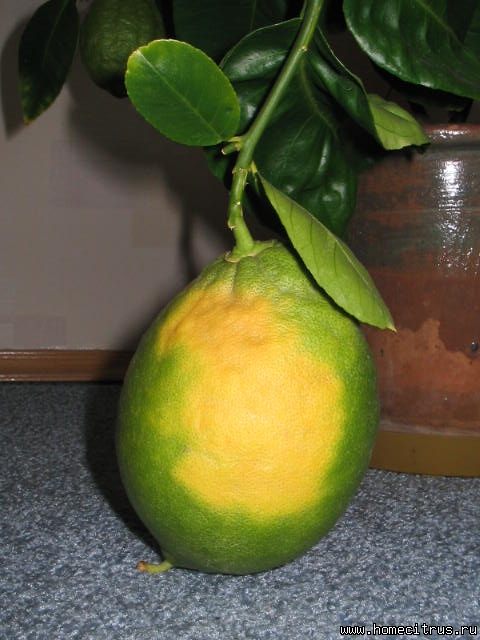


How to grow a lemon from the stone and care for it
Evergreen shrubs that produce beneficial essential oils and volatile production can be easily grown from one stone. The result is a compact tree with fragrant flowers and dark green fleshy leaves.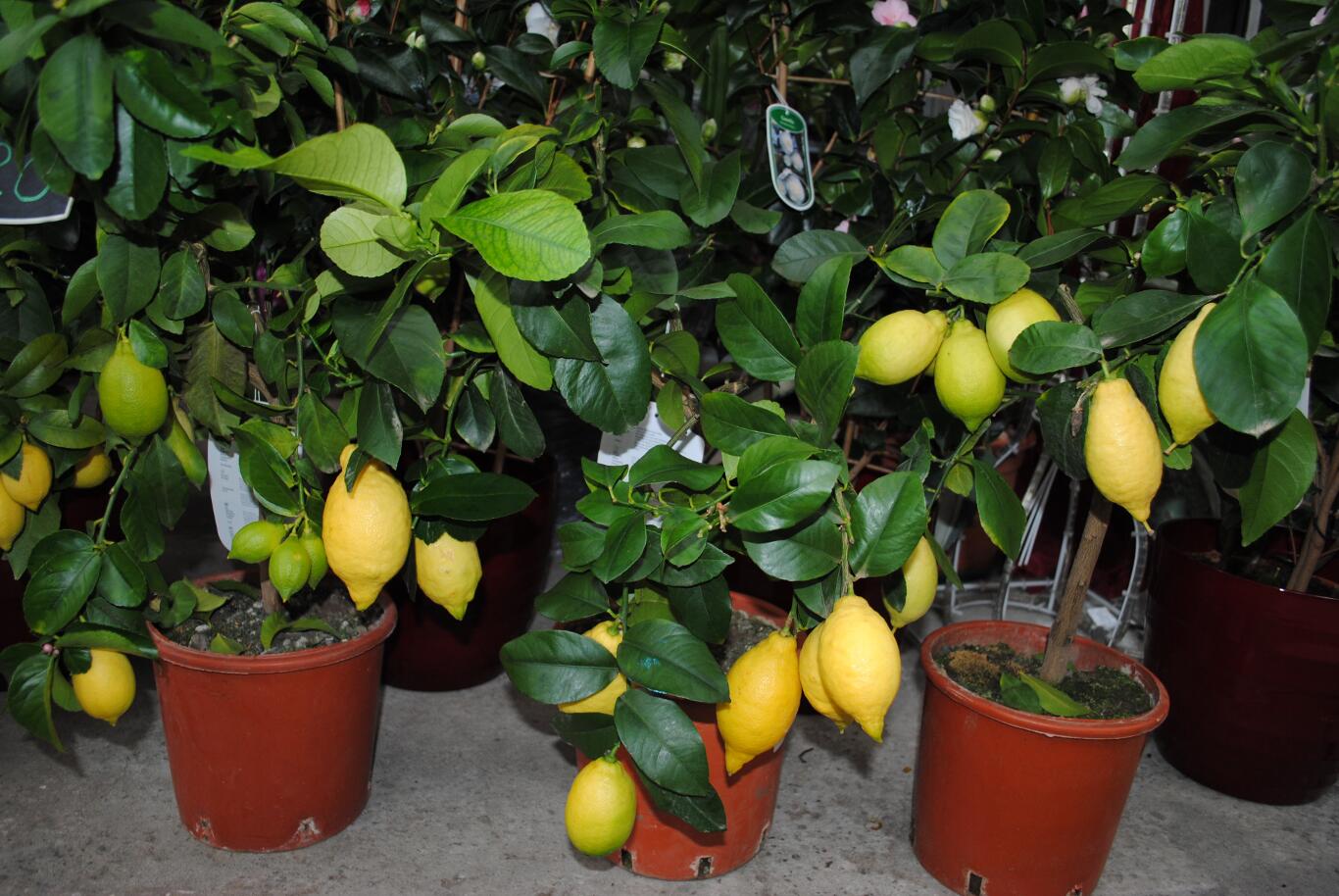

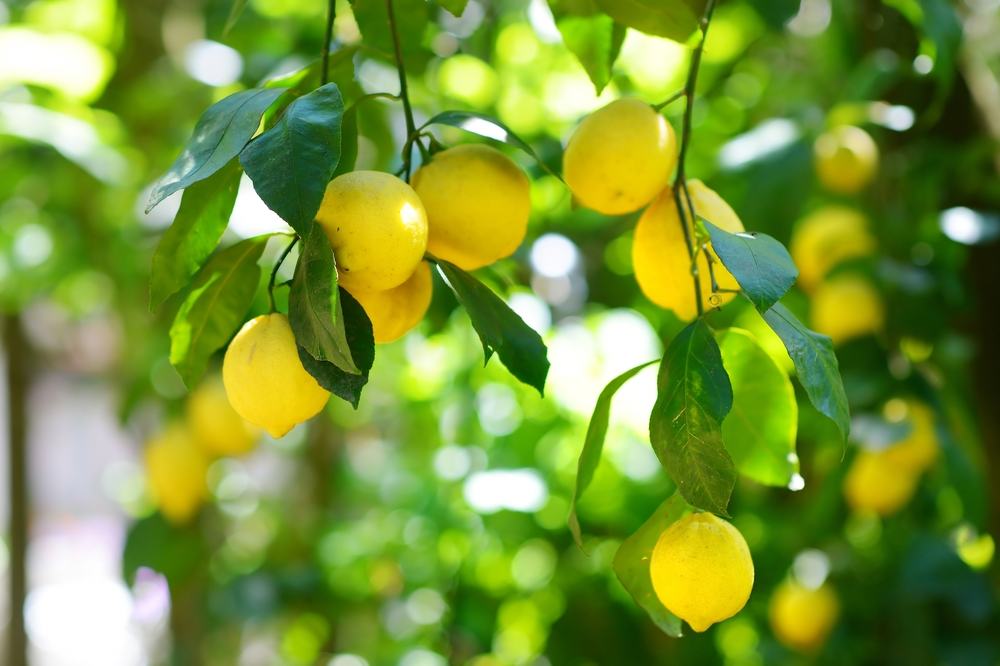

You need to start with the selection of a beautiful large fruit. Cutting it, you need to extract the largest and thickest seeds. It is not necessary to dry them, otherwise the chances of germinating them become very small. It is better to treat the seed with any biostimulant. Then it grows faster and more efficiently. For a good result, you must dilute the composition according to the instructions and leave the next lemon in it for the whole night.
While the seeds are soaked, you need to prepare for them the soil and container for sowing. These can be mini pots from the store or improvised plastic dishes. At the very bottom lay drainage, pre-formed bottom hole. Planted need to immediately a lot of seeds. They do not all germinate, and you can choose the best among the germinated ones. The easiest way to plant lemons in loose purchased soil. If there is a desire, then the earth can be prepared independently: we mix humus, sand, peat and deciduous earth in equal parts. The mixture is laid out in pots, moistened and immersed in them the seeds to a depth of two centimeters. It is necessary to store crops at a temperature over 18 degrees. It is also recommended to cover the cups with something to create greenhouse conditions.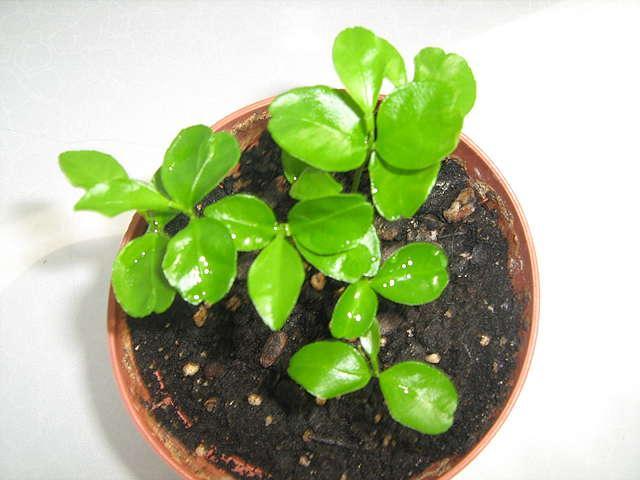
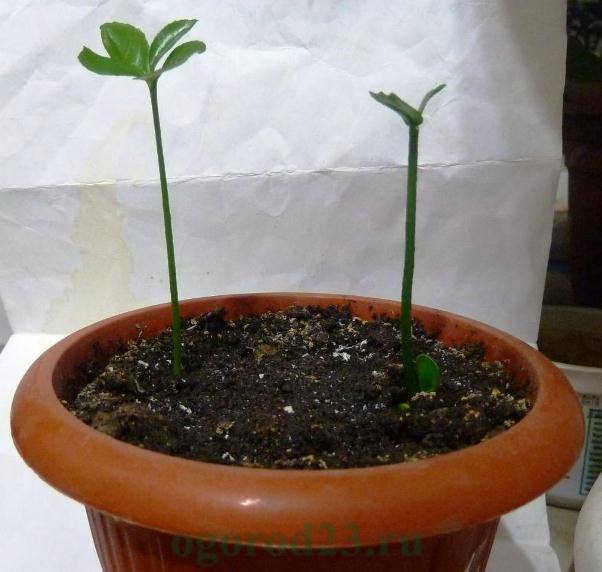

It is not worth watering crops, rather regular spraying from a spray gun. It is necessary to wait for shoots from two to four weeks. When the seedlings form four leaves, they can already be considered full-fledged plants. At this time, you can choose the most healthy and transplant them into full pots. It is better if it is earthenware. In advance of transplanting, such pots are soaked and drainage is laid out to the bottom. The composition of the soil can be left the same.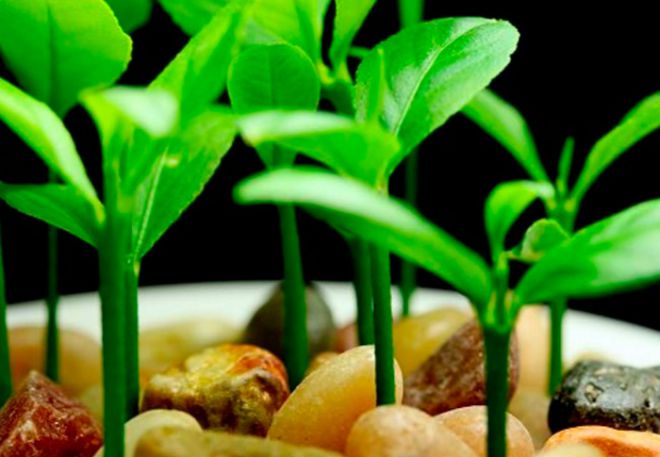


Feeding a young lemon should be carried out in the spring. The plant will require additional lighting in the cold season. It is also important to regularly replant the tree in a more suitable pot. It is recommended to do this in June or February. Fertilizers need to be alternated: mineral replace with biofeeding. They should only be liquid.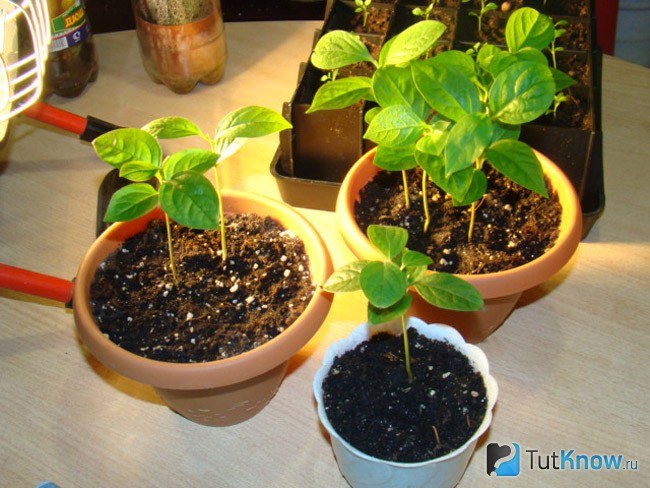


In the first year of growth, the tree should be pinched. So you can achieve intensive growth of the side branches. A proportional crown will make regular pot turns a quarter to the sunny side. If the lemon bloomed in the first year, it is recommended to cut off all the flowers - the plant spends on them too much strength. In order to approximate the stage of fruiting, it is recommended to plant an adult plant with another citrus.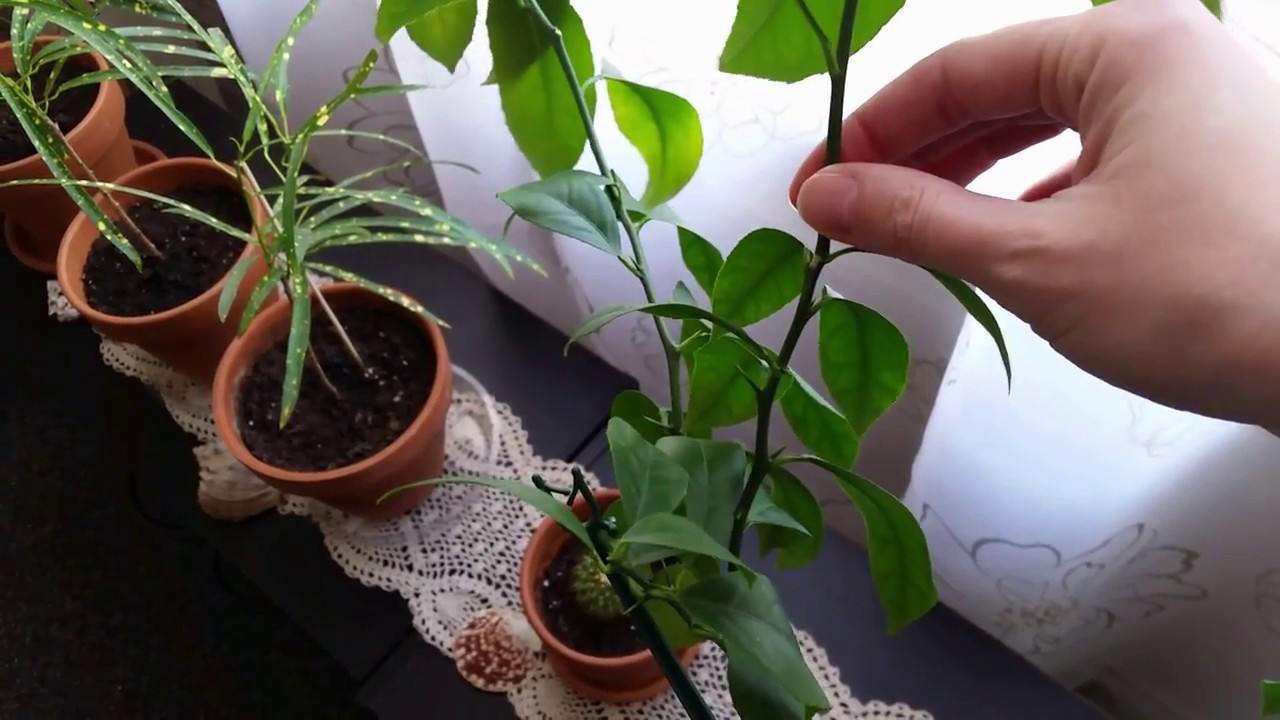
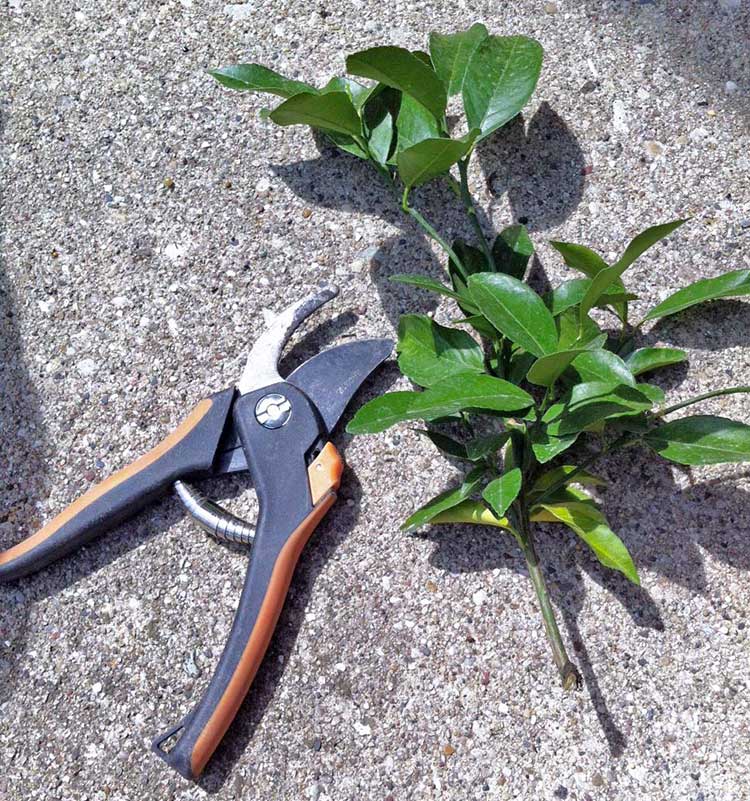

How to treat lemon tree disease
Most often, homemade lemons suffer from aphids, scutes, spider mites, worms. A diseased tree loses sap and produces twisted shoots. Over time, the leaves begin to dry and fall off.
To start pests need to be removed from the branches with a small brush.Pre-tool soaked in anabasin sulfate solution. The next day, the solution is washed off and the procedure is repeated after a week. If the damage is strong, then it is necessary to prepare an infusion of onion, celandine, garlic or tobacco and process the flower from a spray bottle. Pharmaceutical biologics can also be used to control pests. They need to be careful, since most of them - the strongest poisons.
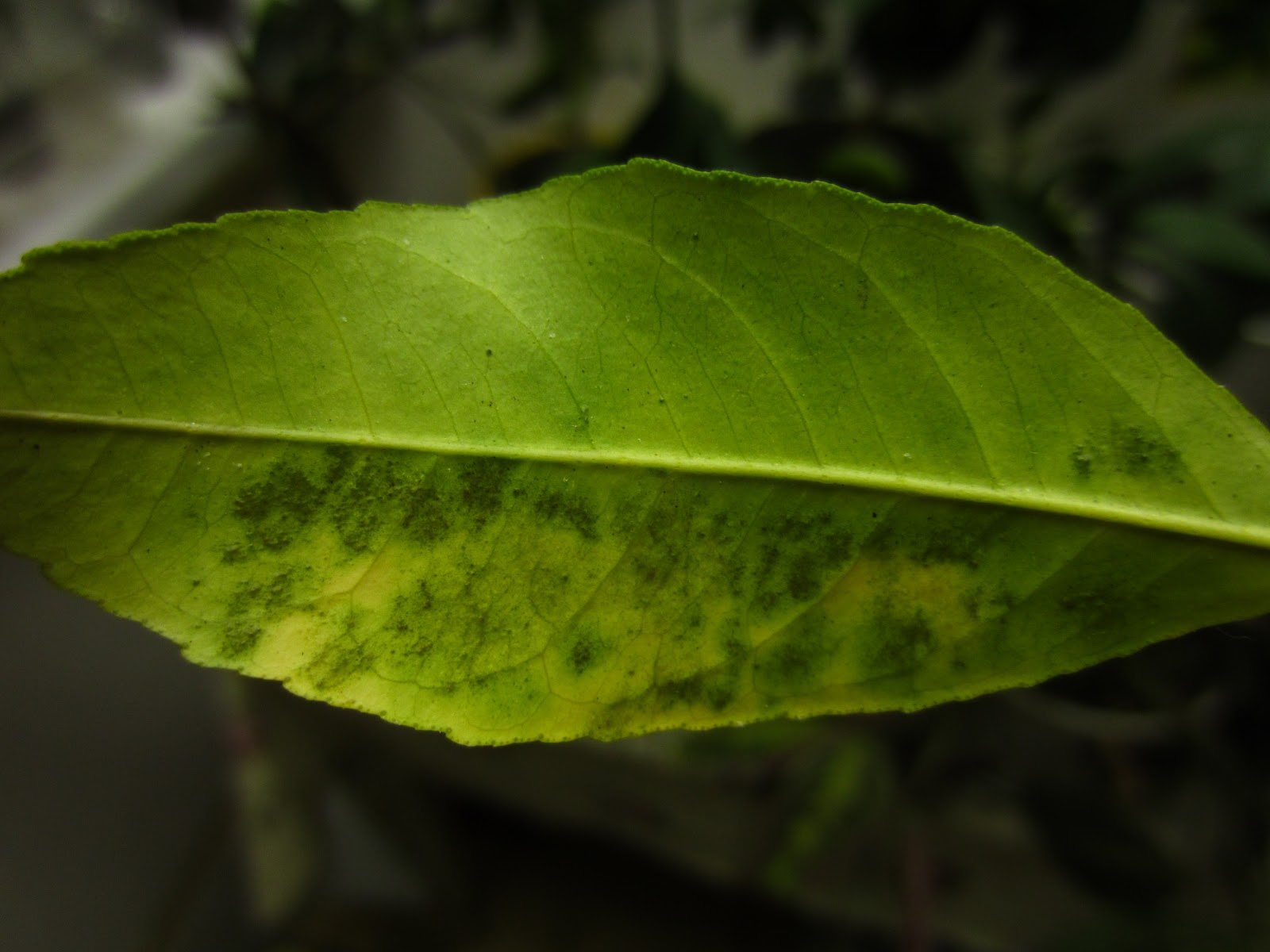

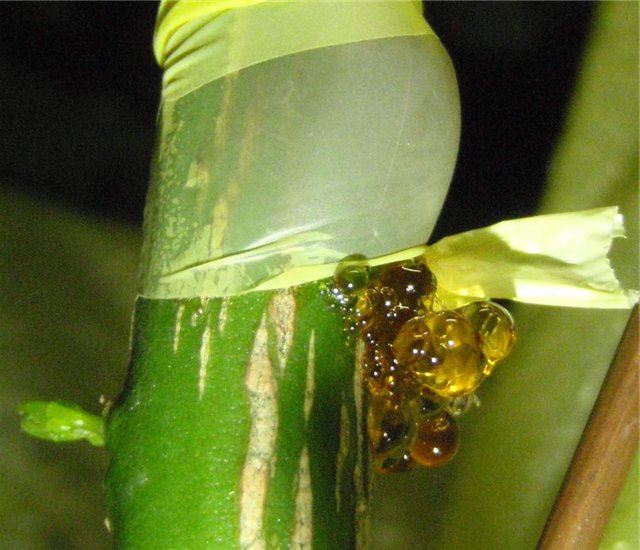
Lemons also suffer from fungus and gommosa. The leaves are greyish and bloody. Places of lesion on the square need to be treated with blue vitriol and cover up with a cure for wounds or garden pitch. Leaves should be wiped with a damp cloth. The entire period of treatment, the flower must be fed to maintain strength in it.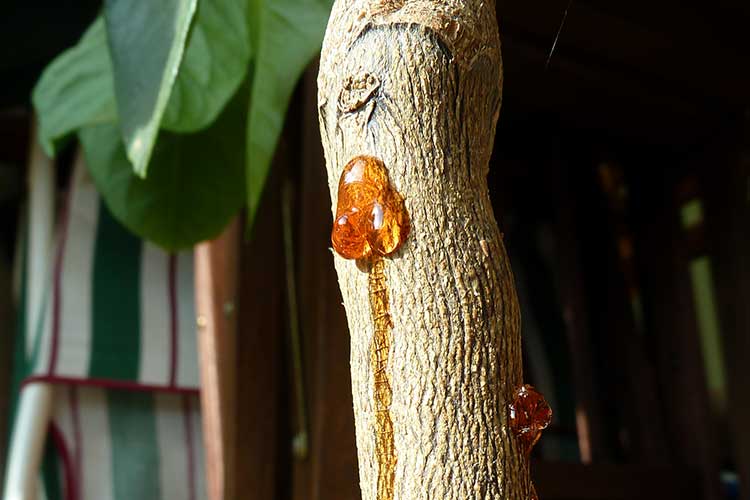
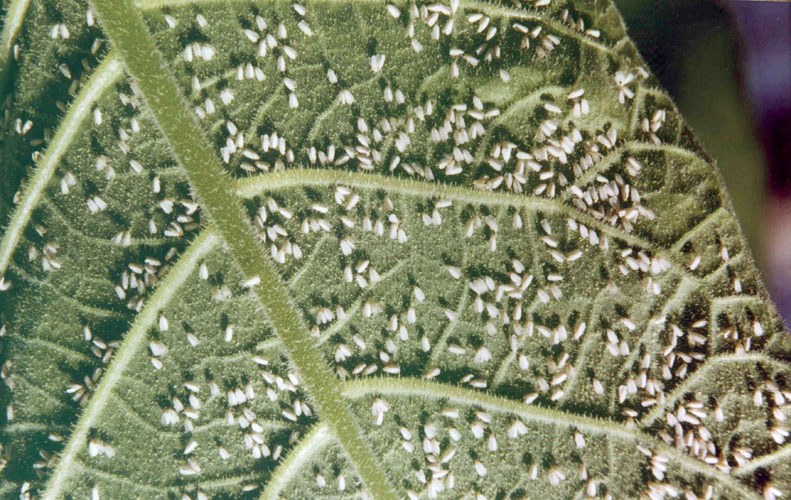

How to care for a lemon tree in the garden
If you want to plant lemon trees on the plot, you should follow some rules. Planting seedlings can only spring. To do this, make sure that the soil is warm enough. This will create all the conditions for the tree to grow strong before winter and be able to survive it.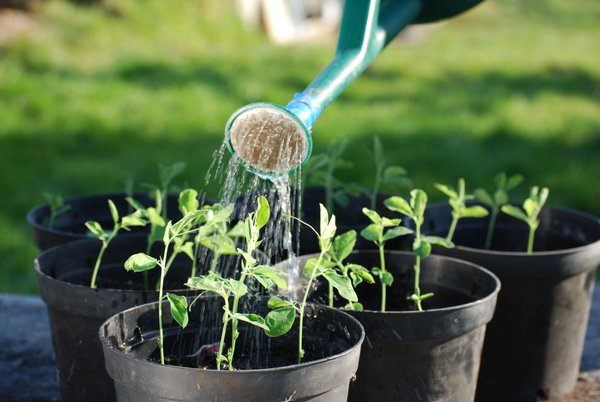
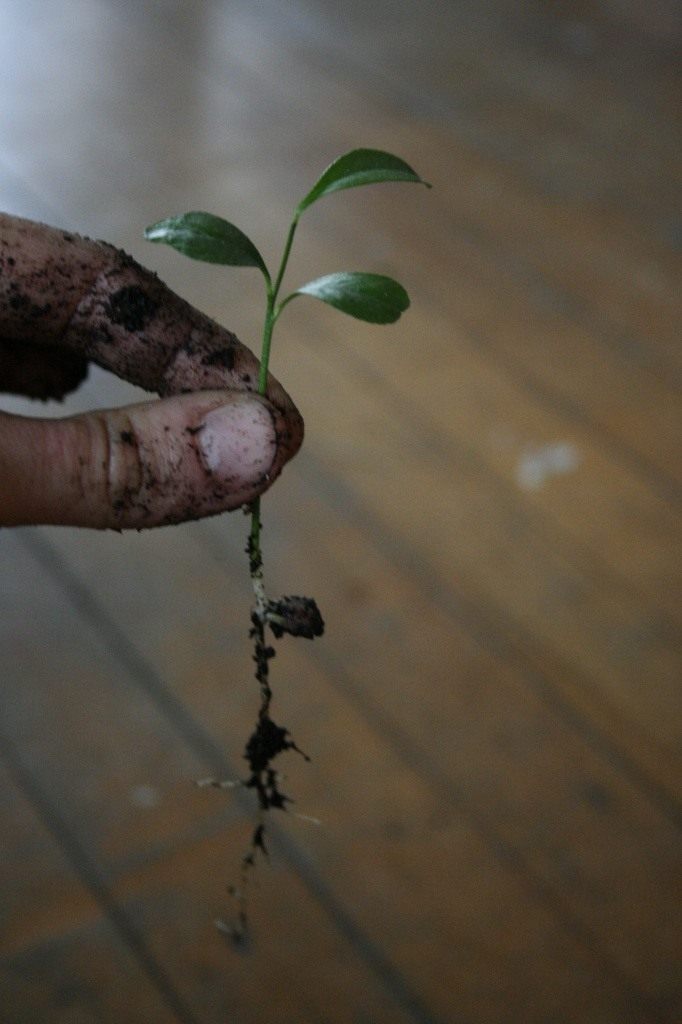



It is best to grow seedlings of bones, as indicated above. So you can get a strong and reliable planting material. For disembarking in open ground, lemon leaves should be over a year old. At this time, the trees will already have strong roots, and they will be able to winter without problems.
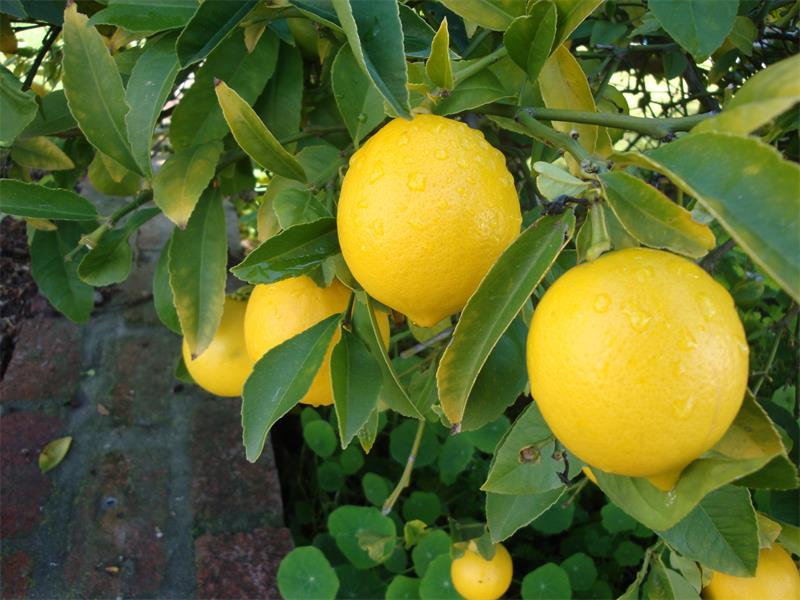

A bright place is chosen for planting, but not in the sun itself. It is necessary to dig a hole 60 by 80 centimeters and a depth of about one and a half meters. Drainage is laid out on the bottom, about thirty centimeters above the substrate. All this is intensely rammed. Then a mound of nutrient is poured on the surface of which the seedling is placed. The roots of the future tree are straightened out. From above, all this is covered with soil and poured into thirty - forty liters of water. The earth under the tree is trampled down and sprinkled with mulch. Lemons in the garden require moderate but regular watering. Increase the amount of water is possible only in the case of dry weather.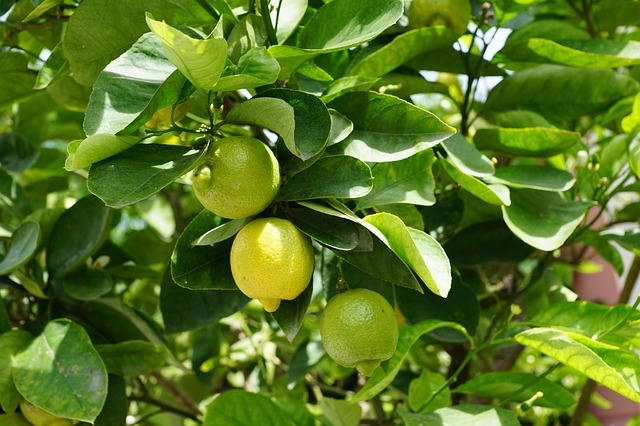

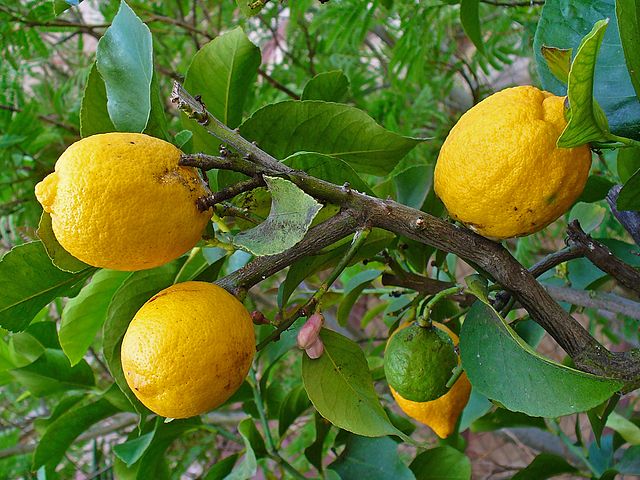
In the conditions of Russia, lemons will begin to bear fruit only after five years. Trees grown on the street will most likely be fruitful with lemons, quite unlike those from which the bones were extracted. But in any case, it will be especially pleasant to taste the fruit from your garden.

























